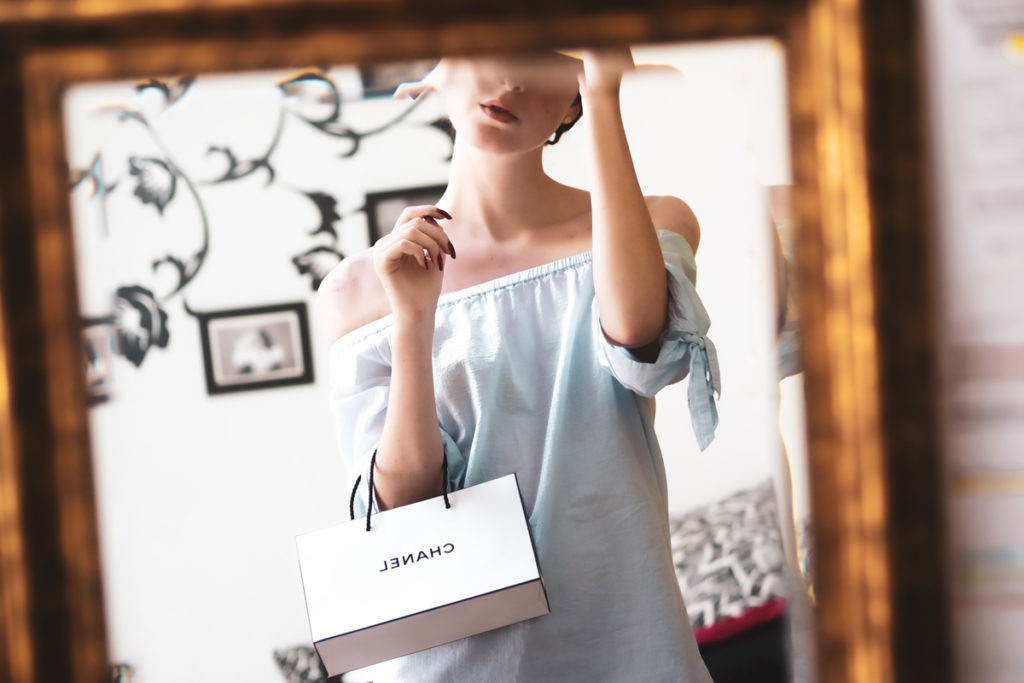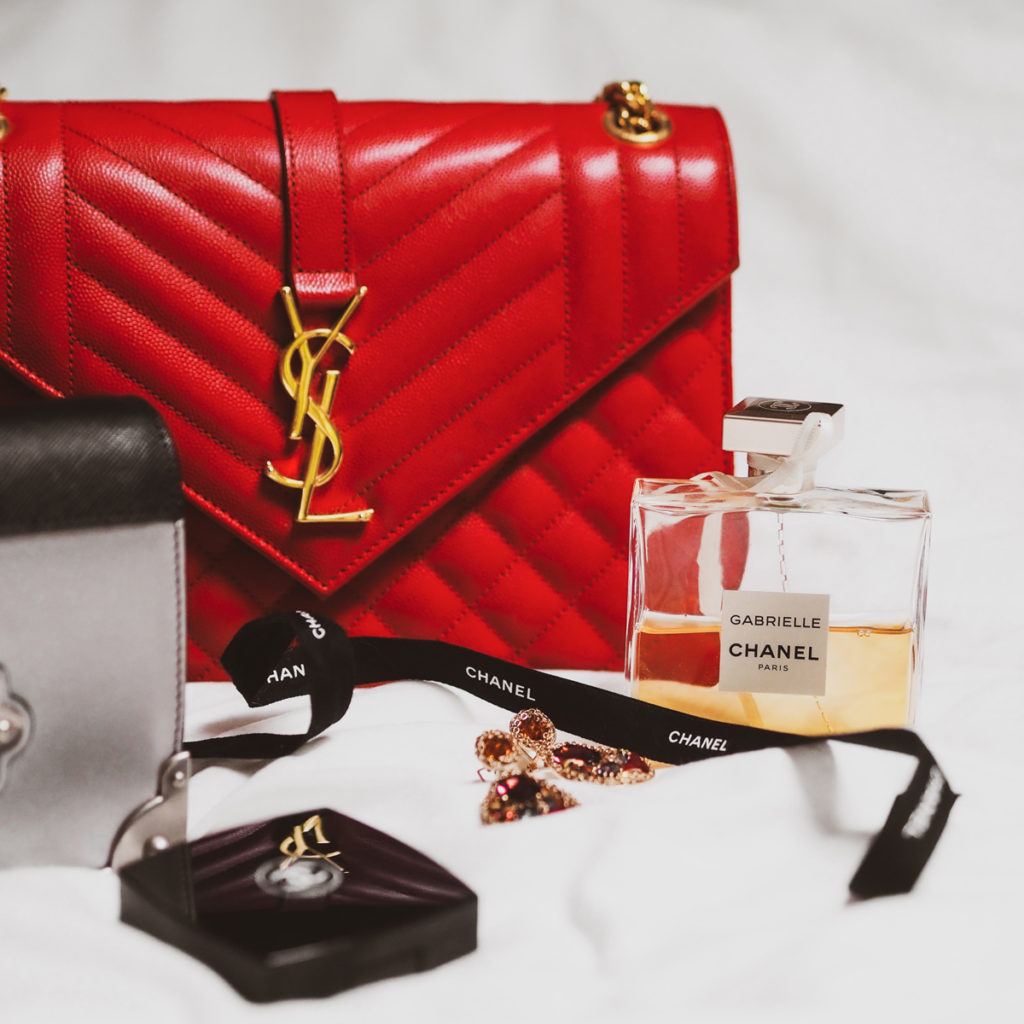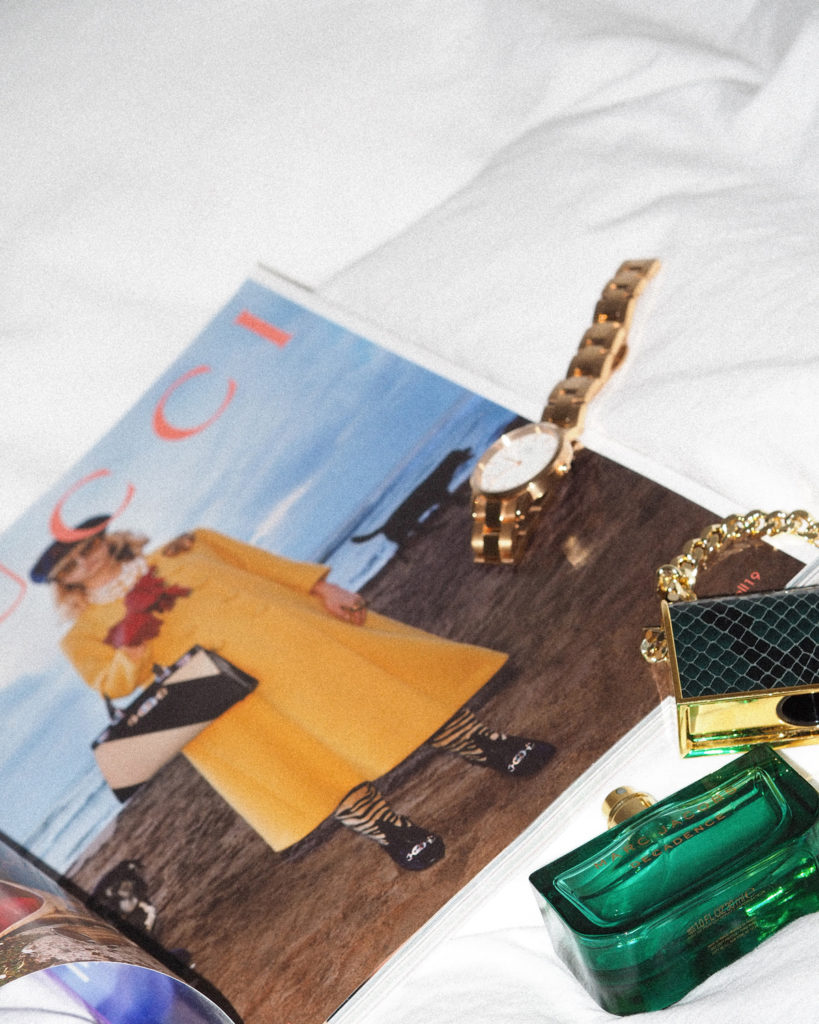While older generations might still think of Millennials and Gen Z as kids, those generations have begun their career journeys, and with it, they are beginning to amass wealth. Luxury brands are taking notice and are making plays for their share of the younger generations’ disposable income with merchandise at lower price points than we might expect to see from respected luxury brands.
By 2026, Millennials and Gen Z are forecasted to make up more than 60% of luxury spending. From February 2021 to February 2022, Gen Z and Millennial luxury purchases made up 60% and 63% of the total luxury market sales respectively (CEO Today Magazine).
There is enormous opportunity in connecting with these younger consumers, who are set to inherit $59-70 trillion over the next decade. But luxury brands need to start now to attract and foster relationships with younger generations. What brands are getting it right? What does it take to become a luxury brand younger generations desire? And what is accessible luxury, anyway?

Accessible Luxury: An Oxymoron?
Accessible luxury is affordable luxury. It’s high quality, high reputation, and high standard without the high price tag. Luxury brands with an accessible product line give wearers the same status as their less accessible counterparts. And luxury is, even for the younger generations, about status.
The only difference is that the message has changed. Instead of communicating “I can afford a $13,000 handbag,” they’re communicating, “I spent $300 on this piece because the brand not only delivers quality and experience, but they’re also trying to save the planet and align with my values.” And accessible luxury can still be exclusive, even if it’s more affordable (think: limited runs, unique designs).

Key Challenges for Accessible Luxury Brands
How does a luxury brand communicate to a generation that cannot afford to buy a home to invest in their brand? How do they demonstrate they both understand the economic realities facing younger generations while still maintaining their status as a luxury brand. Younger generations are seeking specific assurances.
Sustainability. Younger generations expect the brands they represent to demonstrate their commitment to sustainability. According to BCG, “Addressing consumer interest in sustainability is now table stakes for the [luxury] industry. Brands must rethink their entire value chain to ensure that it is environmentally and ethically sound.”
Reflected culture. In a generation in which cultural norms are rapidly shifting and being redefined, reflecting that culture can be a huge challenge for luxury brands. Highsnobiety concludes that, “Cultural credibility for the new luxury consumer is driven by stories, lore, belonging, and community… [It] represents a profound shift where individuals and communities have more control over the narrative than ever before.”
Meet them where they are. These digital natives expect accessible luxury to be accessible not only in terms of cost, but also in their digital presence. It’s more than having a functional website or app. Gen Z and Millennials expect an intuitive, interactive experience with your brand, whether they find you online, on their phones, or in the metaverse.
Influenced and influencer. To garner the attention of Gen Z and Millennials, it takes more than just being present on the platforms these young consumers use. The popularity of visual social media platforms like Instagram and TikTok with generations coming into wealth and adulthood has created a unique perspective in which Millennials and Gen Z are both influenced by social media while also being the primary influencers. Where TikTok has transformed the restaurant industry, Instagram accounts for 92% of brand social interactions.
Which Accessible Luxury Brands Are Connecting with Younger Consumers?
When it comes to addressing the challenges of accessible luxury and creating a loyal and influential Millennial and Gen Z consumer base, some brands already seem to have the recipe for success well in hand. Here are a few that inspire us.
- OMEGA-Swatch – An unexpected collaboration between luxury watch brand OMEGA and its less expensive sister brand Swatch led to speculation that the collaboration “devalues the OMEGA brand and the Speedmaster design.” However, as Gear Patrol noted, the sold-out designs prove “it also shows OMEGA as playful as well as drawing in a younger crowd — and those that can’t currently afford a Speedmaster.”

- Gucci – Gucci’s goal was to shift from stuffy and patronizing to open and relatable while still retaining their status as a high end luxury brand. To succeed, they used a hashtag marketing campaign, #TFW, standing for “that feeling when” you do something for the first time. Working with artists who created memes to help them get the message out, the approach ended up being their most successful campaign ever. “Gucci shows that adopting a more open brand strategy works and accessible luxury is what Millennials and Gen Z want. It reported growth of 45% in the last quarter and shows no signs of slowing down.” (Dalziel & Pow)
- Louis Vuitton – Being 160 years old hasn’t stopped Louis Vuitton from being at the forefront of accessible luxury. From collaborations with Supreme to their partnership with What Goes Around Comes Around to sell second-hand bags to a growing consumer base focused on recycled and upcycled fashion, LV has demonstrated their willingness to remain flexible and reflect their consumers’ needs and wants in how they market their brand.
The Bottom Line
Luxury brands need Millennials and Gen Z. According to BOF,
- Gen Z is the largest generation, accounting for around 25 percent of the world’s population, and has an outsized impact on culture and economy.
- In the U.S., this generation aged between 12 and 25, is coming into its own, with purchasing power of around $360 billion.
- Fashion is the favorite entertainment category for American Gen-Zers to spend money on, outranking other categories like dining, video games and consoles, and music.
Aligning with this generation culturally and authentically offers enormous opportunity to maintain and grow luxury brands with a customer base that’s just beginning to realize its purchasing power. The lifetime value potential of getting affordable luxury right is immeasurable.





